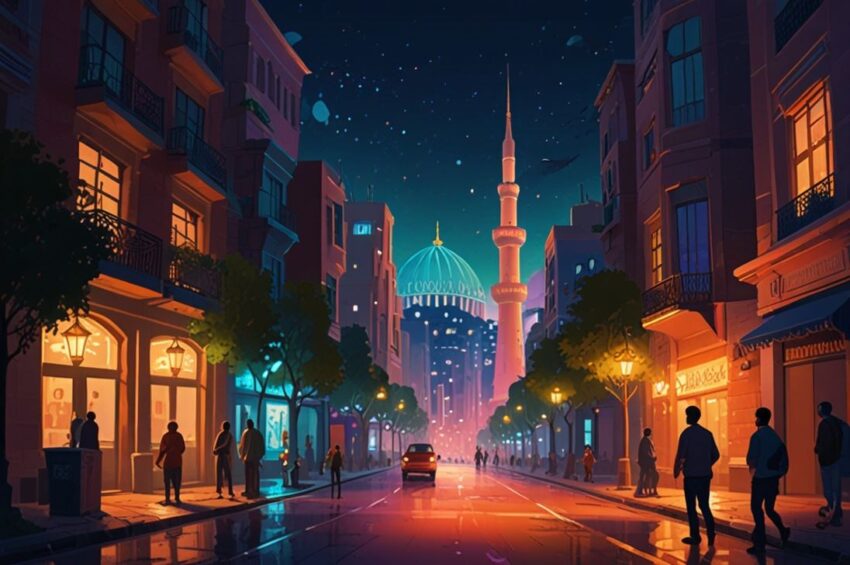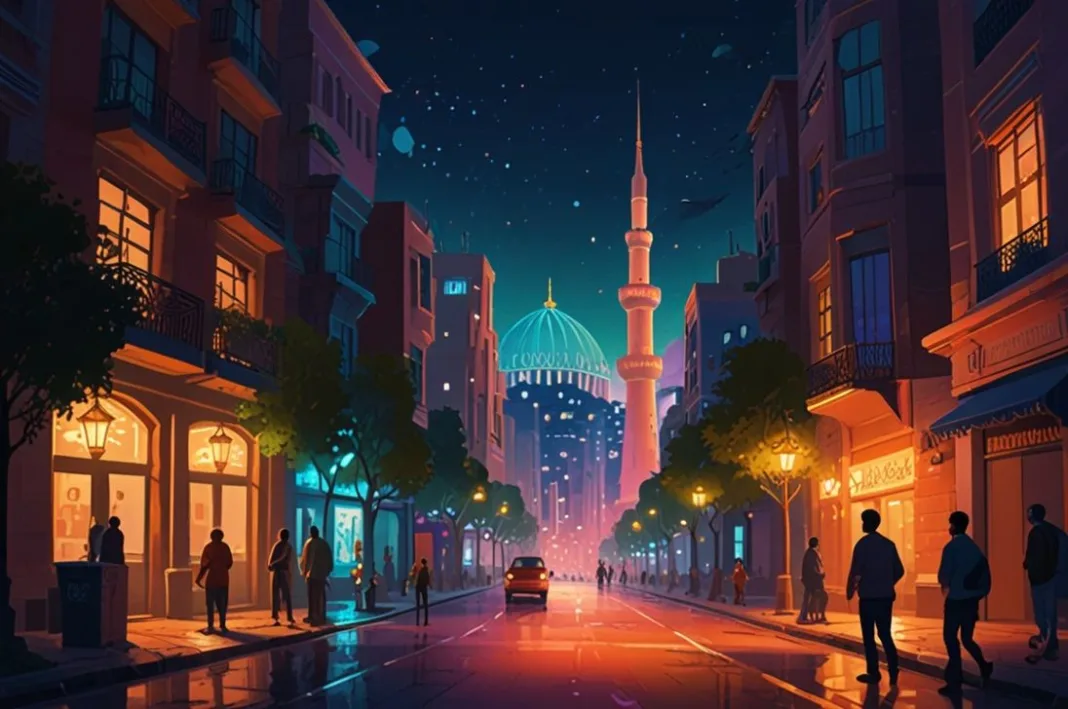Published on
August 11, 2025 |

Despite its rich cultural heritage, Iran has struggled to tap into its vast tourism potential, even with strong political ties to China and Russia. Over the years, the country has signed multiple international agreements with these nations, aiming to boost tourism. However, the expected results have not been achieved. While these political ties should theoretically encourage increased tourist flows, the reality has been far different. Factors like limited marketing efforts, bureaucratic hurdles, and negative perceptions have prevented Iran from fully capitalizing on its historical treasures. Although both China and Russia have shown interest in Iran’s tourism offerings, there remains a lack of substantial follow-through, resulting in underperformance. To truly realize its tourism potential, Iran needs to adopt a more strategic, market-oriented approach that focuses on enhancing infrastructure, better promotion, and easing regulations for international visitors.
Political Perceptions and Travel Advisory Concerns
For many Western tourists, Iran’s image remains largely shaped by media portrayals of political unrest and geopolitical tensions. Even though Iran’s attractions may be world-class, the country is often overlooked due to the negative perception of its political climate. Travel advisories from Western governments significantly influence the decision-making process of tourists, especially those from Europe and North America. These warnings not only deter travelers but also contribute to higher insurance premiums for tour operators, making it financially less appealing for them to organize tours to Iran.
This situation contrasts with the experience of tourists from China and Russia, two of Iran’s politically aligned nations. Despite robust diplomatic ties between these countries, tourism decisions in both regions are largely influenced by practical factors like logistics, pricing competitiveness, and visibility. Iran has not managed to establish a strong marketing presence within these nations, leading to limited awareness and interest among potential travelers.
The Struggles in Attracting Culture Seekers
Iran, with its deep cultural roots and a plethora of historical landmarks like the ancient city of Persepolis and the stunning Shiraz gardens, should be a dream destination for those seeking historical and cultural experiences. Yet, despite its rich offerings, Iran is finding it challenging to meet the expectations of tourists from Europe and North America, who are particularly drawn to such experiences. These travelers are looking for more than just visits to museums and archaeological sites. They desire an all-encompassing travel experience, which includes modern amenities, a vibrant cultural scene, and opportunities to interact with local communities.
Comparing Iran with competing countries like Turkey, Greece, or Morocco reveals where Iran falls short. These destinations have successfully blended historical attractions with modern infrastructure, lively cultural events, and leisure opportunities, giving visitors a more well-rounded experience. In contrast, Iran has yet to offer integrated itineraries that combine the country’s impressive heritage with contemporary travel experiences. The lack of foreign language services, coupled with limited cultural events and insufficient modern amenities, significantly impacts Iran’s appeal for international tourists.
Unrealized Potential in Tourism Agreements with China and Russia
Over the years, Iran has signed multiple agreements with nations like China and Russia, aiming to enhance tourism flows. However, these memorandums have remained largely ineffective due to the absence of tangible action. While both countries express interest in sending tourists to Iran, the expected results have not been supported by necessary steps like joint marketing campaigns, increased airline capacity, or the streamlining of visa processes. Instead, these agreements tend to remain symbolic and lack concrete commitments or measurable targets.
The failure to follow through with actions such as focused promotional efforts or simplifying the process for international travelers to visit Iran reflects a broader issue: these tourism agreements are often built on vague promises rather than binding commitments. Additionally, the tourism products offered by Iran are sometimes mismatched with the interests of the target markets, which can limit their appeal.
A Comprehensive Tourism Strategy is Essential
To truly tap into its tourism potential, Iran must go beyond the development of physical infrastructure such as roads, airports, and hotels. While infrastructure is crucial, the real challenge lies in crafting a comprehensive, market-driven tourism strategy. Iran needs to create an environment where marketing efforts, policy reforms, and product diversification work together to foster a thriving tourism industry.
Tourism development in Iran requires a more coordinated approach, one that aligns all aspects of the tourism experience with the needs of modern travelers. This includes establishing specialized marketing offices in key source markets, training tourism professionals to meet international hospitality standards, and creating thematic itineraries that seamlessly combine historical, cultural, and leisure elements. Moreover, Iran must invest in enhancing its digital presence, making it easier for international travelers to plan and book their trips.
Addressing bureaucratic hurdles and improving the regulatory framework will also be vital. These changes could make Iran more attractive to international tour operators and alleviate the challenges they face when trying to organize trips to the country.
Reevaluating Political Relations for Tourism Growth
Even though Iran maintains strong political and economic ties with countries like China and Russia, these relations have not translated into significant improvements in tourism flows. To become a global tourism player, Iran must focus on more than just political ties and start building a tourism ecosystem that attracts a broader, more diverse range of visitors. This includes engaging with new markets and working on expanding Iran’s reach beyond countries with which it has existing political agreements.
Instead of relying heavily on political partnerships, Iran must look to diversify its tourism partnerships and adopt a more inclusive strategy that targets both politically aligned nations and those where Iran’s cultural heritage can attract tourists.
Conclusion: Moving Beyond Potential to Real Achievement
Iran holds immense potential as a global tourism destination, but this potential has yet to be realized. The country’s cultural and historical wealth should naturally place it among the top destinations for cultural travelers. However, political challenges, inadequate infrastructure, and ineffective tourism marketing have hindered Iran’s ability to fully capitalize on these strengths.
To unlock its true potential, Iran must focus on more than just improving its physical infrastructure. By investing in targeted tourism strategies, strong marketing efforts, and removing bureaucratic obstacles, Iran can gradually enhance its global tourism standing. If these challenges are addressed effectively, the country can finally bridge the gap between its tourism ambitions and the reality of attracting international visitors.
Source: Tehran Times







